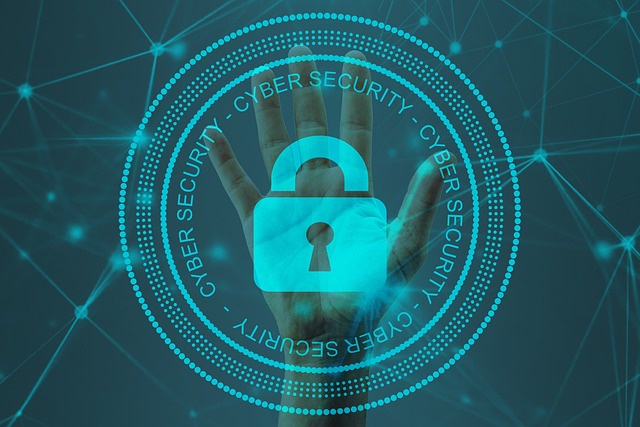In the dynamic realm of cybersecurity, the quest to stay ahead of evolving threats is more critical than ever. Traditional security measures are proving insufficient in protecting sensitive data and critical systems amidst the rapid advancements in technology. Enter Zero Trust – not merely a buzzword but a fundamental shift in cybersecurity philosophy that's reshaping how organizations approach security in 2024.
The Journey of Zero Trust
Initially introduced by Forrester Research in 2010, Zero Trust has steadily gained momentum, especially with the advent of cloud computing, remote work setups, and the proliferation of connected devices. As organizations increasingly adopt these technologies, the traditional perimeter-based security model has become inadequate.
In 2024, Zero Trust has evolved into a comprehensive framework that embraces multiple layers of security controls and continuous monitoring. It encompasses principles such as micro-segmentation, least privilege access, continuous authentication, and stringent enforcement of policies across the entire infrastructure. This holistic approach aims to minimize the attack surface and contain breaches effectively, even against sophisticated threats.
Implementing Zero Trust: Key Practices
Implementing Zero Trust isn't a one-size-fits-all endeavor. Each organization must tailor its approach based on its unique infrastructure, risk profile, and compliance needs. However, there are several common elements in any Zero Trust strategy:
-
Identity-Centric Security: Authentication and authorization are at the core of Zero Trust. Every user, device, and application must undergo verification and authentication before accessing resources. This includes deploying multifactor authentication (MFA), utilizing biometric authentication, and continuously monitoring user behavior for anomalies.
-
Micro-Segmentation: Network segmentation is crucial to limit the lateral movement of attackers within the network. With Zero Trust, segmentation becomes granular, dividing the network into smaller, isolated segments based on factors such as user roles, application sensitivity, and data classification.
-
Encryption Everywhere: Data encryption plays a vital role in protecting data both in transit and at rest. Zero Trust advocates for end-to-end encryption to safeguard sensitive information from interception or unauthorized access, regardless of whether it's stored in the cloud, on-premises, or transmitted between devices.
-
Continuous Monitoring and Analysis: Zero Trust requires real-time visibility into network traffic, user activities, and security events. Advanced analytics and machine learning algorithms are employed to detect anomalies, suspicious behavior, and potential threats proactively. This enables organizations to respond swiftly to security incidents and minimize the impact of breaches.
The Future of Zero Trust: What to Expect
Looking ahead, Zero Trust will continue to evolve to address the challenges posed by an increasingly complex threat landscape. In 2024 and beyond, we anticipate the following trends shaping the future of Zero Trust:
-
Zero Trust as a Service (ZTaaS): As cloud services and managed security solutions gain popularity, ZTaaS will emerge as a viable option for organizations seeking to outsource their Zero Trust implementations. This democratization of advanced security capabilities will enable smaller businesses to bolster their defenses against cyber threats effectively.
-
Integration with DevSecOps: With the widespread adoption of DevOps practices, integrating security into the development pipeline will be crucial. Zero Trust principles will be ingrained into every stage of the development lifecycle, ensuring that security is not an afterthought but an integral part of the process from inception to deployment.
-
Zero Trust for IoT and OT: The proliferation of IoT devices and operational technology presents unique security challenges. Zero Trust frameworks will adapt to secure these environments, focusing on device authentication, traffic encryption, and anomaly detection to mitigate the risks associated with connected devices.
-
Regulatory Compliance and Zero Trust: With data privacy regulations becoming more stringent, compliance with laws such as GDPR, CCPA, and CPRA will drive the adoption of Zero Trust principles. Organizations will need to demonstrate robust security measures, including Zero Trust, to protect personal data and avoid hefty fines for non-compliance.
Conclusion: Embracing the Future of Security
In 2024, Zero Trust has emerged as a cornerstone of cybersecurity, offering proactive defense against evolving threats in an increasingly digital landscape. By embracing Zero Trust, organizations can bolster their security posture, mitigate risks, and safeguard their most valuable assets from cyber attacks. As technology continues to advance, adopting a Zero Trust mindset will be essential for staying ahead of the curve and ensuring resilience in the face of ever-present cybersecurity challenges.


No comments yet